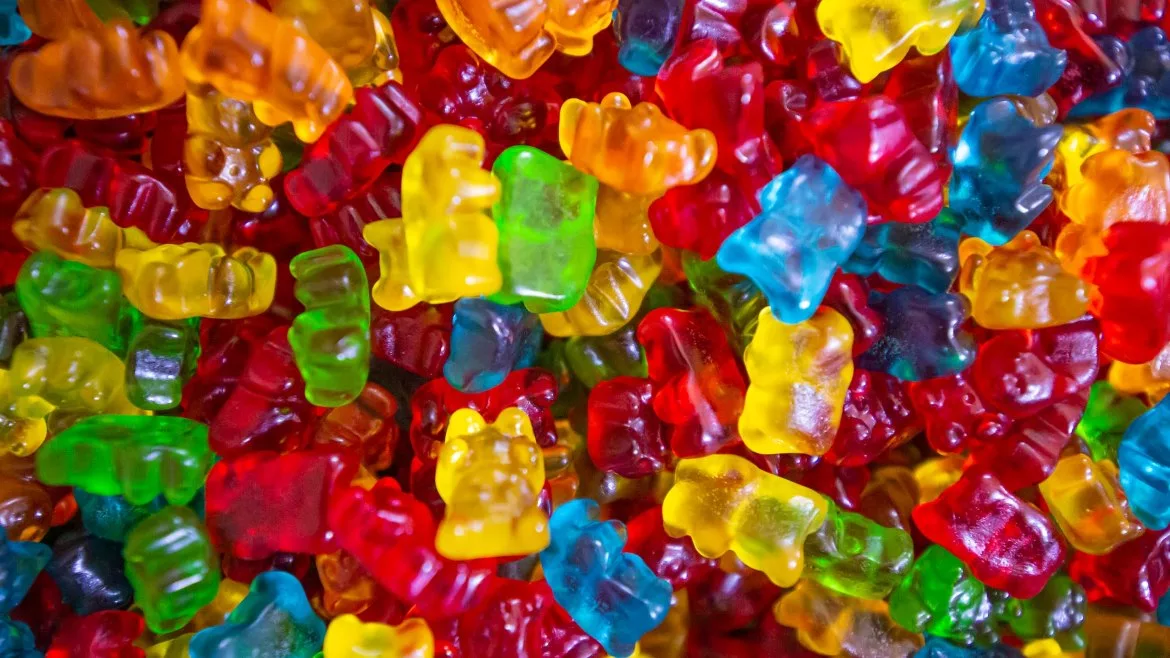Six food colors must carry warning labels in EU

amit lahav / unsplash.com
Dr. Ben Feingold, a San Francisco allergist, reported that his young patients with behavioral problems improved when foods with color dyes were removed from their diets.
Color dyes in food may cause hyperactivity in children, and their use in the EU requires warning labels.
In the 60s, when British pop singer Petula Clark’s “Color My World” hit the charts, the yellows, greens and blues she vocalized were the natural colors of the sun, grass and sky. Today, processors that use certain artificial colors in foods and beverages sold in EU member states must include a warning on the container that these food colors may cause hyperactivity in children, according to the UK-based Food Standards Agency (FSA).
The colors are Tartrazine (E102), Quinoline Yellow (E104), Sunset Yellow (E110), Carmoisine (E122), Ponceau 4R (E124) and Allura Red (E129).
Any food or drink containing one or more of the six colors-except drinks with more than 1.2% alcohol-must provide the warning on the label that the color “may have effects on activity and attention in children.” Food and drink products produced before July 20 can continue to be marketed, but any products manufactured after that date must have the new markings.
The Center for Science in the Public Interest (CSPI) says it hopes the European labeling rule gets the attention of officials at FDA. According to CSPI, a 2004 meta-analysis concluded artificial dyes affect children’s behavior, and two recent studies funded by the British government found mixtures of dyes (as well as the preservative sodium benzoate) adversely affect kids’ behavior.Looking for a reprint of this article?
From high-res PDFs to custom plaques, order your copy today!





